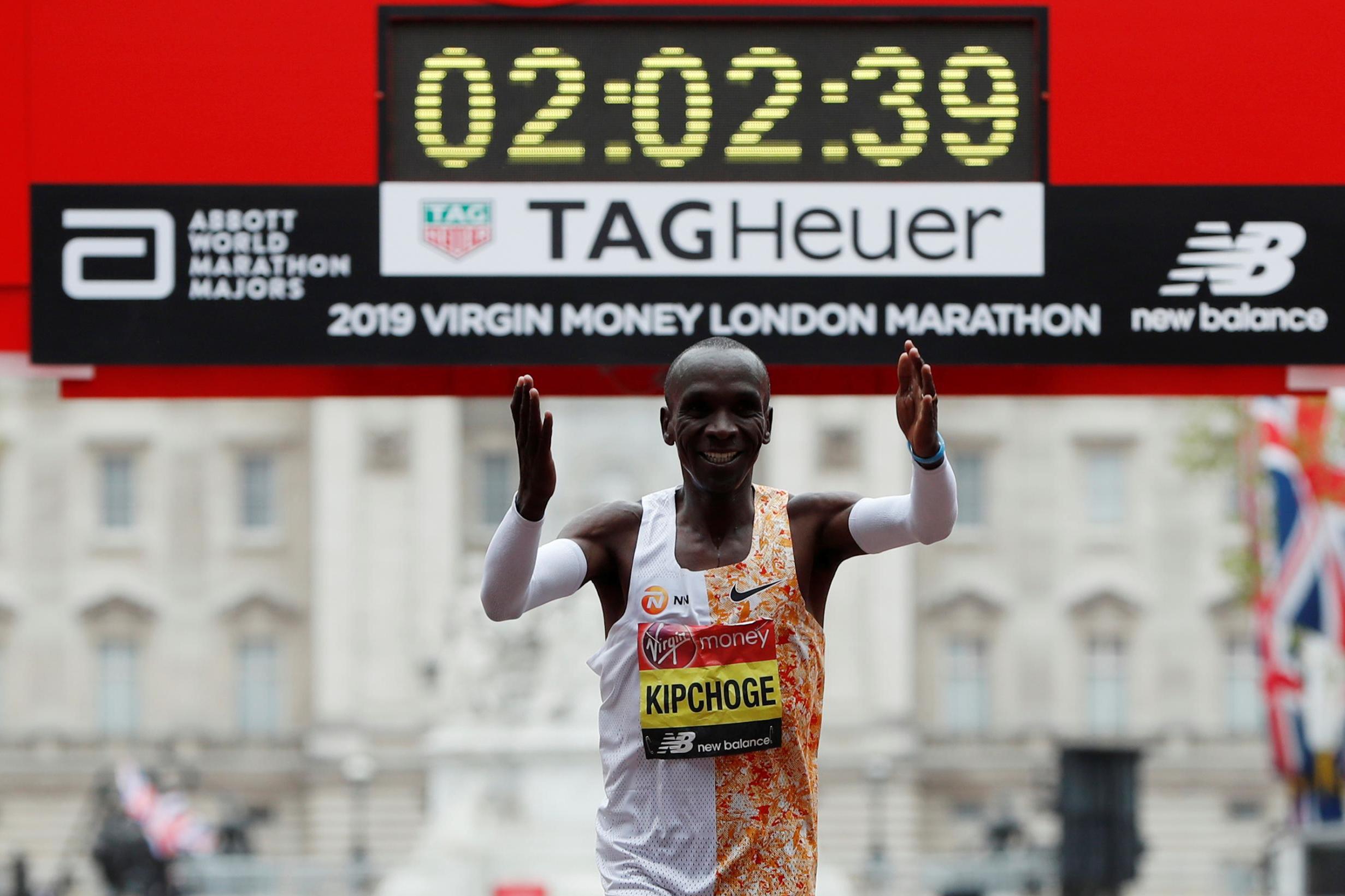


The weather conditions were expected to be dry with a temperature of 9 ☌ (48 ☏) at the start, rising to 12 ☌ (54 ☏) at the finish. Organizers allowed a start time between 05:00 and 09:00, but chose 08:15 to maximize viewership. The attempt was run on 12 October starting at 08:15 CET. The organizers planned to run the event on Saturday, 12 October 2019, but they had a reserve window of eight days in case of poor weather conditions. The entire route inclines only 2.4 metres (7.9 feet). Each lap of the course featured two 4.3-kilometre (2.7-mile) out-and-back stretches of Hauptallee with the turning points coming at the Lusthaus and Praterstern roundabouts at either end of the avenue, in the Prater park. Kipchoge was placed at the bottom of the formation with two pacemakers running behind him. įor the Ineos challenge, Kipchoge was joined by forty-one pacemakers, who rotated twice each lap and ran in a V-formation, rather than the diamond formation chosen for the previous attempt. Instead of three participants, only Kipchoge targeted the record, having already set the marathon world record of 2:01:39 at the Berlin Marathon on 16 September 2018. This marked a shift away from the original format of Breaking2. On, the 65th anniversary of the four-minute mile, multinational chemicals company Ineos announced that Kipchoge would attempt again to achieve a sub-two-hour marathon run, in an event sponsored by the company. When the event was finally held on at Autodromo Nazionale Monza in Milan, Kipchoge finished first before the other runners, Zersenay Tadese and Lelisa Desisa, but fell short of the two-hour goal by 25 seconds. Eliud Kipchoge of Kenya, the world record holder in the men's marathon and the current defending Olympic marathon champion was one of the runners on that team. In 2016, Nike organized the Breaking2 project to train a team of runners for an attempt at completing a marathon distance in under two hours, a benchmark previously considered impossible to achieve.


 0 kommentar(er)
0 kommentar(er)
